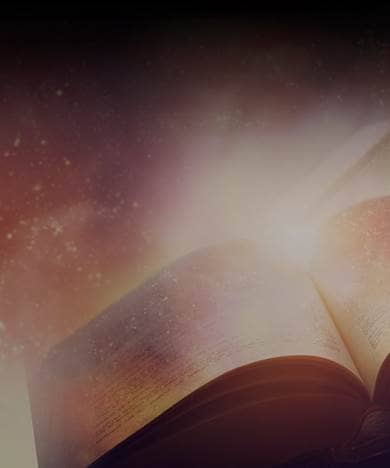- Trending:
- Pope Leo Xiv
- |
- Israel
- |
- Trump
- |
- Social Justice
- |
- Peace
- |
- Love

RELIGION LIBRARY
Meso-American
Ancient Meso-American religion refers to a variety of beliefs, practices, and rituals of the people of Central America and Mexico before the arrival of the Spanish in the 1500s C.E. These religious practices are representative of the great Meso-American civilizations including the Olmec, Mayan, and Aztec peoples. Though the dates of origin of these ancient traditions are difficult to determine, archeological research indicates evidence of religious artifacts dating back to the 16th century B.C.E. These ancient Meso-American religious traditions were based on an annual calendar with its accompanying ritual cycle. This calendar was associated with a pantheon of gods and goddesses, often representing different aspects of the cosmos, including a creator god, a god of war, a sun god, a moon goddess, a rain god, a fire god, fertility gods, and agricultural goddesses. Great variety of belief and practice existed among the ancient Meso-American peoples including various forms and levels of the afterlife, each with its own deity. The religious rituals and practices were governed by priests educated in genealogy and astronomy. These priests were often exquisitely adorned with jewels, feathers, and ornaments of many colors, and many had dual roles as diviners. These traditions had a variety of temples and pyramids used in worship and as tombs. Several of these ancient traditions included rituals of sacrifice to the gods, even human sacrifice. The use of idols (particularly in the form of animals) was common among the various forms of this religion.
Quick Facts
| Formed | 14th - 16th centuries |
| Adherents | Unknown |
| Deity | Patheon of deities, including Quetzalcoatl, Ometeotl, Huitzilopochtli, and Tlaloc |
| Sacred Text | Oral, pictorial, ritual |
| Origin | Mexico |
| Headquarters | None |










